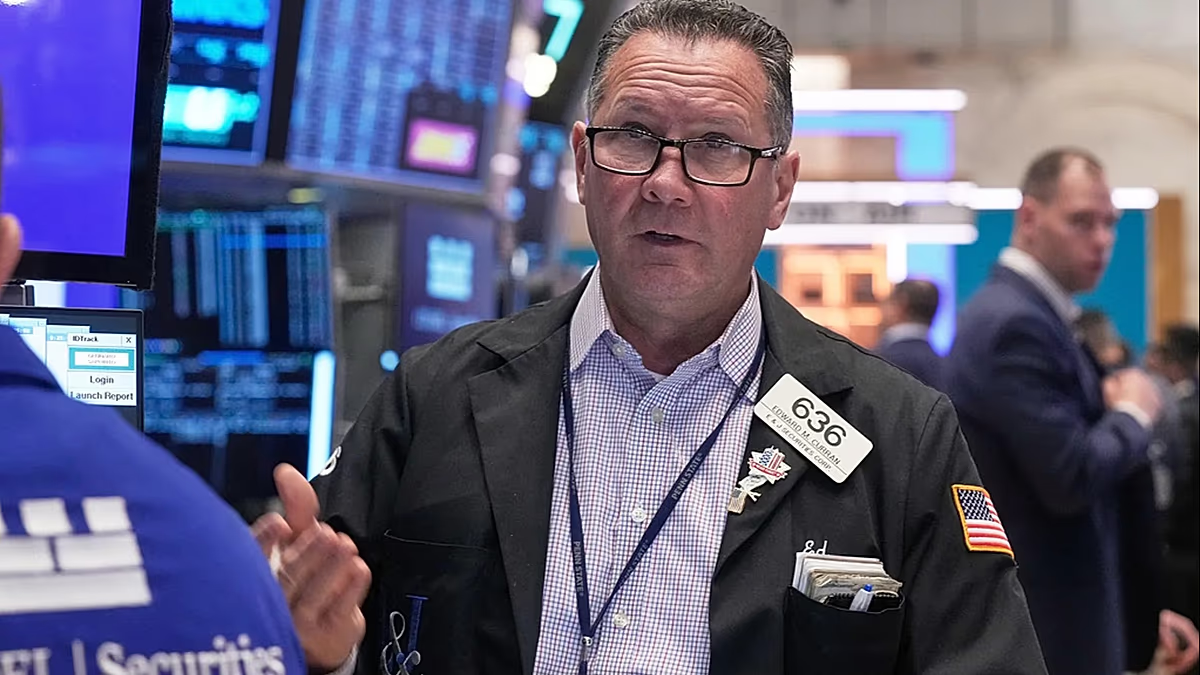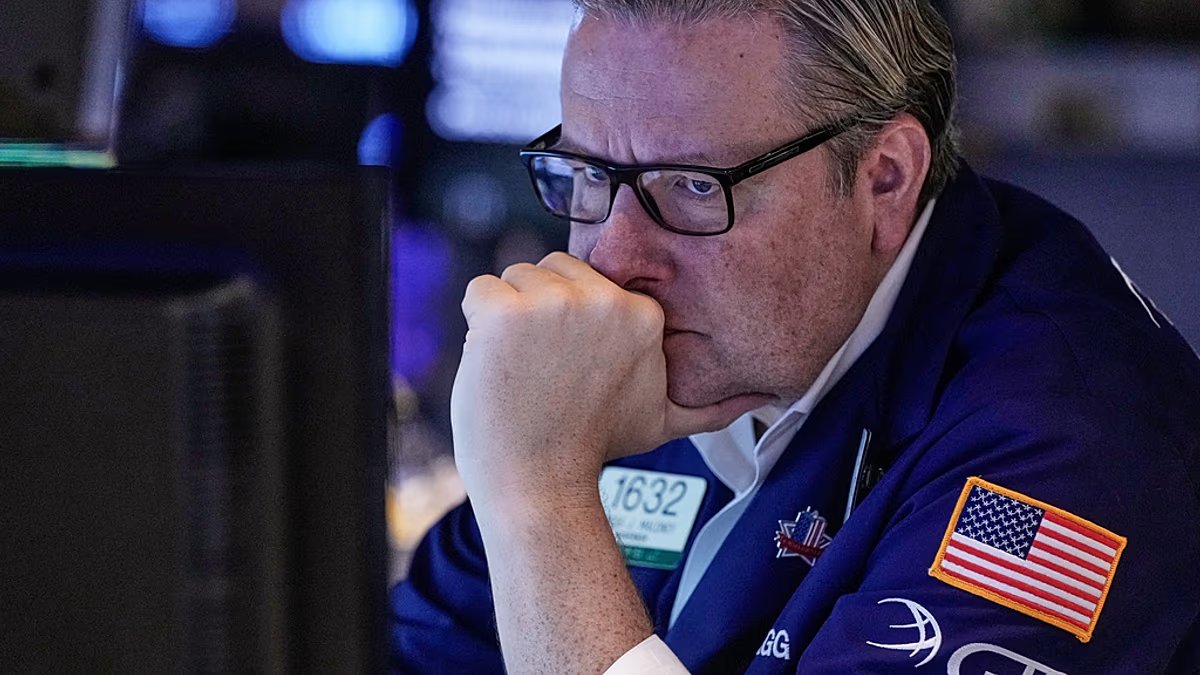European shares extended their rally to fresh record highs on Wednesday, buoyed by optimism over a potential resolution to the prolonged US government shutdown and a steady stream of upbeat corporate news.
The region-wide STOXX 600 index rose 0.5% in early trading to an all-time high of 583.4, with major bourses in positive territory.
Investor sentiment was lifted after the US Senate approved a temporary funding bill to end the record 43-day shutdown, with markets betting that the measure will secure full passage in the coming days. There were broad-based gains led by healthcare and luxury stocks, after a positive brokerage note on Novo Nordisk and speculation of a Chinese expansion by Louis Vuitton boosted sentiment across the region.
The euro remains under slight pressure, trading around $1.157 per € at 11.30 CET after a modest retreat. This comes as the US dollar steadies amid improving risk sentiment and hopes that the US government shutdown will soon be resolved. On the commodity front, energy prices are drifting slightly lower as crude oil futures slipped, reflecting calmer concerns about supply disruptions.
On this side of the ocean, yields on UK government bonds, or gilts, rose sharply as investors grew uneasy over the prospect that Prime Minister Sir Keir Starmer and Chancellor Rachel Reeves could face pressure to step down following the Budget. Downing Street said Starmer would resist any leadership challenge.
London’s FTSE 100 edged higher on Wednesday, hovering near the 10,000 mark to trade at fresh record highs, as investors shrugged off volatility in global tech shares.
“UK stocks made progress despite some volatility in the AI space in the US and Asia overnight,” said AJ Bell investment director Russ Mould.
Meanwhile, multinational energy company SSE saw its share price skyrocket by more than 12% after it unveiled an ambitious investment plan. It will nearly double its investment to £33bn (€37.5bn) by 2027 and will be partly financed by a £2bn equity raise with the remainder coming from debt, asset sales and existing cash flow.
Phil Ross, equity research analyst at Quilter Cheviot, said the market had begun to wonder whether SSE might raise capital to fund its strong future growth prospects, and this uncertainty had weighed on the shares in recent months.
“This morning’s announced equity raise puts those doubts to bed as part of the new CEO’s strategy, and leaves a clear pathway to profitable and reliable growth, focusing on the big opportunity in UK power networks,” Ross said, adding: “With the future runway for growth now in place, the company is in a great position to cement itself as one of the UK’s leading energy groups in the UK.”
UK-based BAE Systems reported strong performance for its financial year. The company said robust demand supported BAE’s expectations for further profit growth.
The defence giant has secured more than £27bn (€30.6bn) in orders so far this year, with additional deals expected before year-end.
The company reaffirmed its recently upgraded full-year guidance, forecasting sales growth of 8–10% and underlying operating profit growth of 9–11%. BAE plans to return about £1.5bn (€1.7bn) to shareholders through dividends and share buybacks in 2025. Shares were little changed in early trading.
One of the key developments shaping international market sentiment on Tuesday was SoftBank’s decision to sell its entire stake in Nvidia, worth $5.83 bn (€5bn). This move resulted in a 10% dive of the Japanese technology company’s share prices on Wednesday in the Asian trade, as equity markets reacted unfavourably to the surprise announcement.
“Corrections are a healthy and necessary fact of life in financial markets, but investors will be wary of any signs this is turning into a pronounced sell-off,” according to Mould, who added that attention is now turning to Nvidia’s third-quarter earnings update on 19 November.
Mould also highlighted that once the US government shutdown is resolved, investors will focus on a wave of upcoming US economic data, including third-quarter GDP.
In more corporate news, the world’s largest electronics maker, Foxconn, posted anticipation-exceeding results showing a jump in its third-quarter profit of 17% from a year earlier, fuelled by growth in its artificial intelligence server business.
The company said it was “optimistic” about the performance of AI and smart consumer electronics in the fourth quarter, which are expected to show significant growth momentum.



